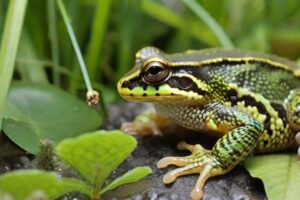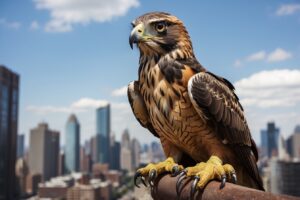Migration is a remarkable phenomenon in the animal kingdom, and it’s not limited to remote wilderness areas. Many species undertake incredible journeys, crossing urban landscapes during their migrations. “Animal Migrations in the City” invites you to explore the challenges and adaptations of migratory species as they navigate the urban environment.
Urban Pit Stops
Discover the unexpected places where migratory animals find respite in the city. From urban parks to green rooftops, we showcase the crucial stopover points that provide food, shelter, and safety for these travelers.
Bird Migrations in the Metropolis
Birds, in particular, are renowned for their migrations, and many fly through urban areas. We delve into the stories of city-dwelling birds as they embark on epic journeys, highlighting the challenges and the strategies that enable them to thrive.
City Lights and Migration
The glow of city lights can be disorienting for nocturnal migrants like birds and insects. Learn about the impact of urban lighting on migration and the efforts to mitigate light pollution’s effects on these travelers.
Citizen Science and Migration Monitoring
Join the community of citizen scientists who track and monitor migratory species passing through urban areas. Your observations can contribute to our understanding of these journeys and support conservation efforts.
Creating Migratory Corridors
Explore initiatives focused on creating migratory corridors in cities, which aim to connect natural areas and green spaces to aid migratory species. These corridors offer safe passage for animals on the move.
Appreciating Urban Migrations
“Animal Migrations in the City” provides a unique perspective on the remarkable journeys of migratory animals. Whether it’s the butterflies that cross city gardens or the bats that commute between urban roosts, these migrations are a testament to the adaptability and resilience of wildlife.
Join us in celebrating the migrations that pass through the urban landscape. By understanding and appreciating the journeys of these animals, we can ensure that urban environments remain part of the larger ecological tapestry, allowing both humans and wildlife to coexist and thrive.


